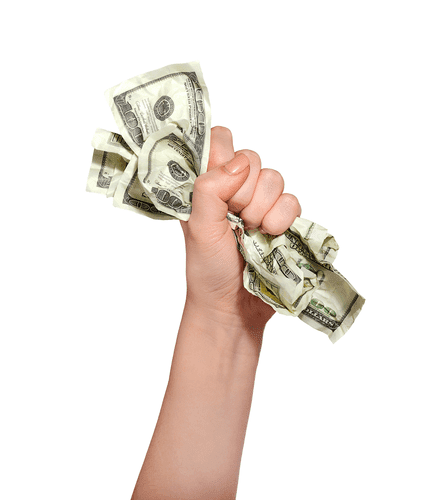
It is a constant cost for a particular what is fixed cost amount of output which raises a fixed amount at a higher output level. For many business owners, accountants, and financial teams, this crucial time of year is riddled with challenges and stress. Running a startup comes with the high-stakes challenge of managing your burn rate—the pace at which your company spends cash. Each dollar isn’t just an expense; it’s an investment in your company’s future.
Impact of Fixed Costs on Sales
Moreover, fixed costs, such as depreciation (a component of fixed costs), are critical for creating accurate financial statements and tax filings. Depreciation schedule outline the systematic allocation of the cost of assets over their useful lives, ensuring proper accounting treatment and tax deductions. Understanding fixed costs aids in Bookstime pricing strategies, budgeting, and assessing business profitability. Understanding fixed costs is essential for conducting a break-even analysis. This analysis helps determine the level of sales needed to cover both fixed and variable costs, indicating the point at which a business becomes profitable.
- Analyzing these expenses allows enterprises to reach break-even points, boost operating leverage, achieve economies of scale, and improve profitability.
- Organizations can follow the steps below to calculate fixed costs by separating them from variable expenses.
- While they are necessary to operate a business, fixed costs are not without their limitations.
- Some costs may be fixed for some enterprises but variable for others.
- Profitability and customer satisfaction are two sides of the same coin in modern business.
How much are you saving for retirement each month?
- You can calculate an average of your fixed costs based on the expenses over the past six to twelve months to get a more accurate calculation.
- This figure can be useful in determining breakeven points and product pricing.
- In addition to financial statement reporting, most companies closely follow their cost structures through independent cost structure statements and dashboards.
- Optimizing fixed costs enables them to improve profit margins and economies of scale.
For example, a company may sell a higher volume of products, but the rent, salaries, and insurance payments remain the same. Breakeven analysis calculates the production level at which total revenue equals total costs, including both fixed and variable costs. In other words, a fixed cost is any expense that remains the same regardless of the company’s sales and volume, such as rent, loan payments, leases, etc. These costs remain constant throughout time and can usually only be changed when renegotiated. Are costs that are not affected by an increase or decrease in production.
What is the role of fixed costs in budgeting?
The break-even analysis also affects the price at which a business decides to sell its products. Fixed costs are essential in determining a company’s break-even point and profitability. In addition, fixed expenses can be used to calculate several vital metrics, such as a business’s breakeven point and operating leverage. The break-even point is the level of sales at which online bookkeeping a business operation generates enough revenue to cover its fixed costs. By calculating the break-even point, managers can determine the minimum level of sales required to avoid losses. It is vital in pricing decisions, as it helps managers set prices that cover their fixed costs and generate profits.

In the absence of any fixed costs, the profit would fall and rise in line with Sales Revenues. For instance, someone who starts a new business would likely begin with fixed expenses for rent and management salaries. For example, a company might buy machinery for a manufacturing assembly line that is expensed over time using depreciation.


Fixed costs serve as efficient bases for budgets, pricing, and financial strategies, allowing firms to function and make profits. There are also fixed cost rationalization categories that make it easier to manage costs to ensure the growth and financial stability of the company. Start by multiplying the variable cost per unit by the total number of units produced during a period. Now, subtract the value from the total production cost to find the fixed cost. Imagine a business spends ₹ 5,000 worth of fixed expenses to produce 1,000 pens at the per unit cost of ₹ 5. If they decide to make 2,000 pens, the cost per unit reduces to ₹ 2.5, and that happens because the fixed business cost doesn’t fluctuate with production volume.
